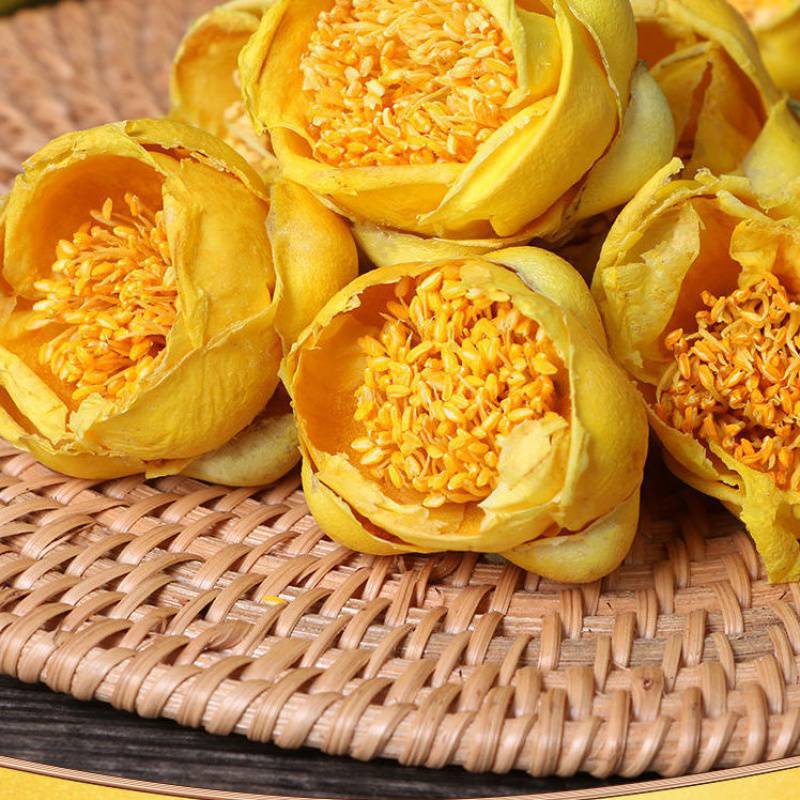Camellia sinensis, commonly known as the tea plant, is the species of plant whose leaves and leaf buds are used to produce tea. There are several varieties and cultivars of Camellia sinensis, each with its own unique characteristics that influence the flavor and aroma of the tea produced.

Here's a brief overview of the process of making tea from Camellia sinensis leaves:
1.Harvesting: The process begins with the selective harvesting of young, tender leaves and leaf buds from the Camellia sinensis plant. The timing and method of harvesting can vary depending on the type of tea being produced and the desired characteristics.
2.Withering: After harvesting, the leaves are typically allowed to wither, either naturally or with controlled airflow. This helps to reduce moisture content in the leaves and begins the process of enzymatic oxidation, which is crucial for developing the flavor and aroma of the tea.
3.Rolling: The withered leaves may then be rolled or twisted to break down the cell walls and release the natural juices within the leaves. Rolling also helps to further initiate oxidation and shape the leaves into the desired form (e.g., curly, twisted, or rolled into pearls).
4.Oxidation/Fermentation: Depending on the type of tea being produced, the leaves may undergo varying degrees of oxidation or fermentation. This step is critical for developing the unique flavor profiles associated with different types of tea. Green tea is minimally oxidized, while oolong and black teas undergo more extensive oxidation.
5.Drying: Once the desired level of oxidation is achieved, the leaves are dried to halt the oxidation process and reduce moisture content. Drying can be accomplished through various methods, including air drying, pan firing, or baking.
6.Sorting and Grading: After drying, the tea leaves are sorted and graded based on factors such as leaf size, color, and quality. This helps ensure consistency and uniformity in the final product.
7.Packaging: The finished tea is then packaged and prepared for distribution and consumption. It may be sold loose or in various forms such as tea bags, compressed cakes, or pearls.
Throughout history, tea has been enjoyed for its refreshing taste, stimulating effects, and potential health benefits. It is one of the most widely consumed beverages globally, with countless varieties and preparations enjoyed by people of diverse cultures and backgrounds.